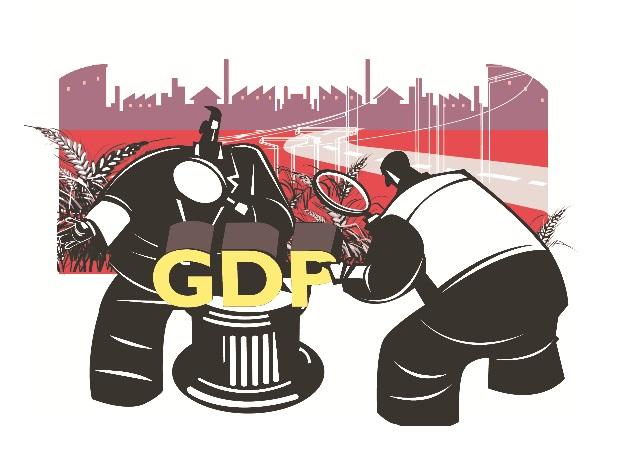The Finance Ministry on Friday defended the real GDP growth estimate and the deflator used to calculate it, denouncing critics who have questioned the robustness of economic activity.
In an opinion piece published in Business Standard on Friday, economists Arvind Subramanian and Josh Felman questioned the single deflator (deflating the nominal value added in each sector by various price indices) used to calculate real GDP growth from nominal GDP growth rather than the internationally standard technique of double deflation (deflating output by output prices and inputs by input prices).
Without naming any expert, in a 10-point rebuttal posted on X (earlier known as Twitter), the Finance Ministry said arguing that nominal GDP growth is more reliable because India has issues with its calculation of GDP deflator is to invent an argument where none exists. “This is just to justify the liking for nominal GDP growth because it has been moderating in recent quarters after the high growth in the first financial quarter of FY23. In other words, critics want to latch on to anything that does not paint the Indian economy in a good light,” it said.
The finance ministry said as for nominal GDP growth being lower than real GDP growth, this is a “new bogey” being spread to discredit the GDP numbers and indicate that underlying economic activity is quite weak. “If inflation were higher, critics would argue that nominal GDP growth is much higher because of inflation and that there was little underlying activity,” it said.
The finance ministry said India’s GDP deflator is dominated by the Wholesale Price Index. “Wholesale Price Index peaked in the first quarter of FY23 due to the oil and food price increases in the wake of the war in Ukraine and supply-side disruptions. Prices began to come down from August 2023 onwards. Hence, WPI is now contracting year-on-year. It will soon pass once the statistical base effect disappears,” it added.
It is wrong to look at the underlying economic activity based on GDP indicators alone, as higher frequency data must be relied upon to form a view of the strength of the economic activity, the finance ministry argued. “Many international agencies have revised up their growth forecast for FY24 after the first quarter data for FY24 was released. They would not have done so if the underlying economic activity was weak,” it said.










